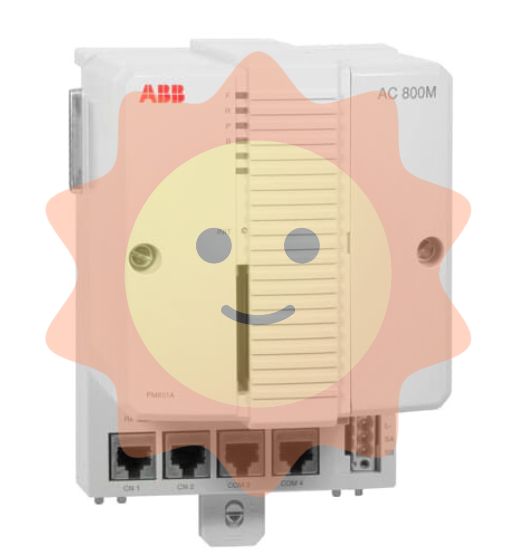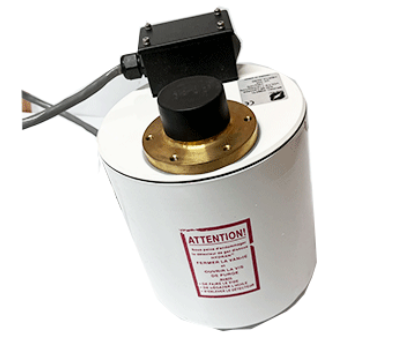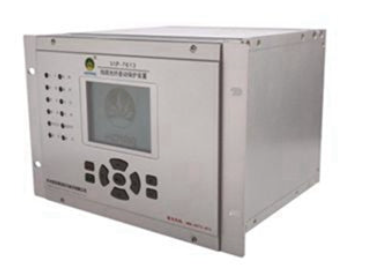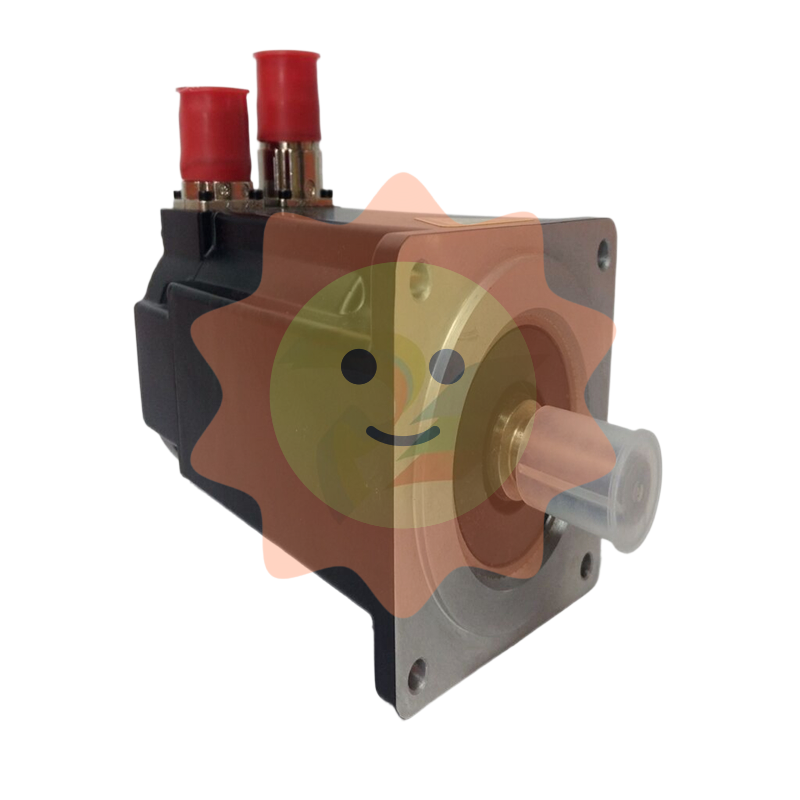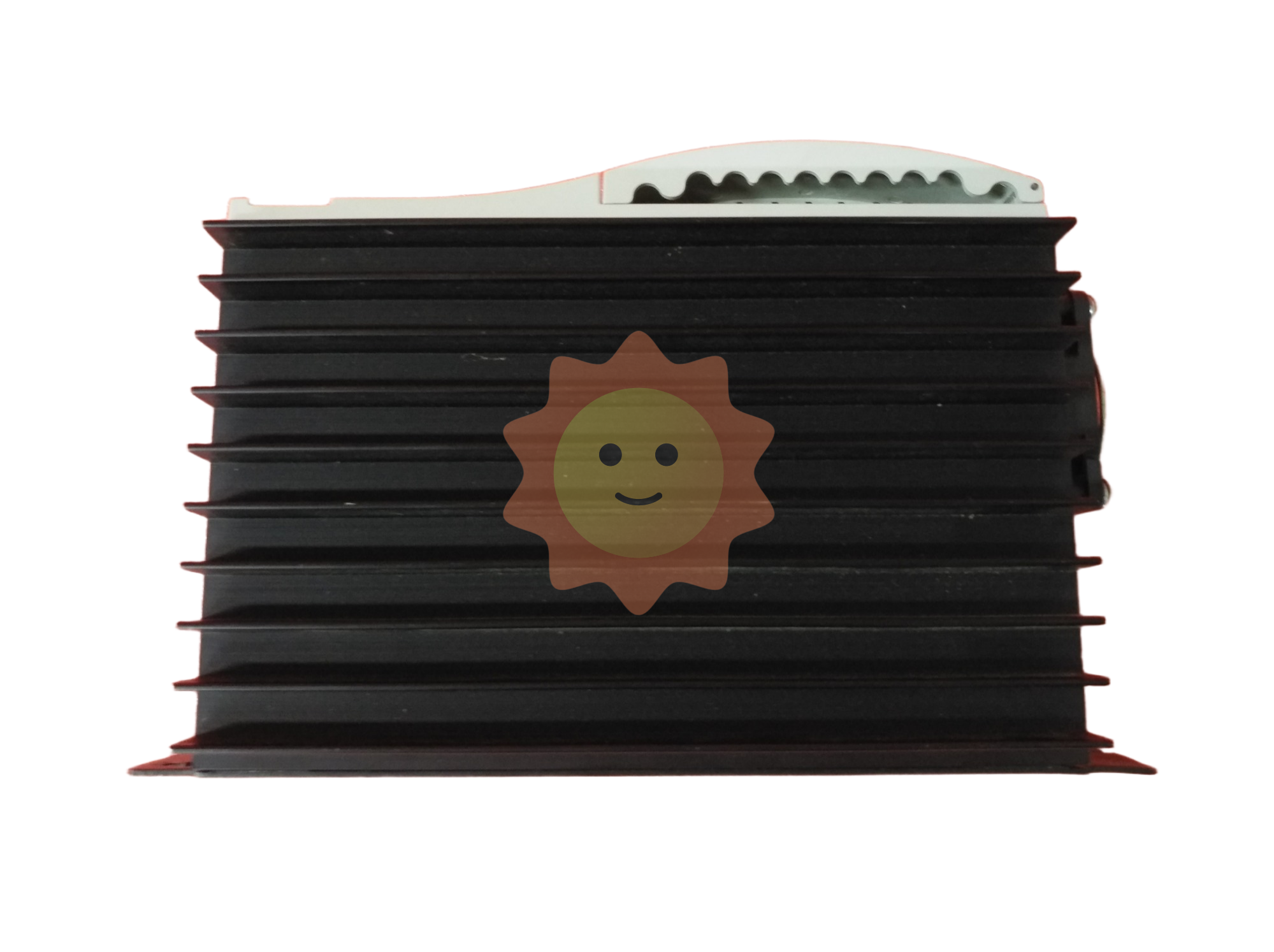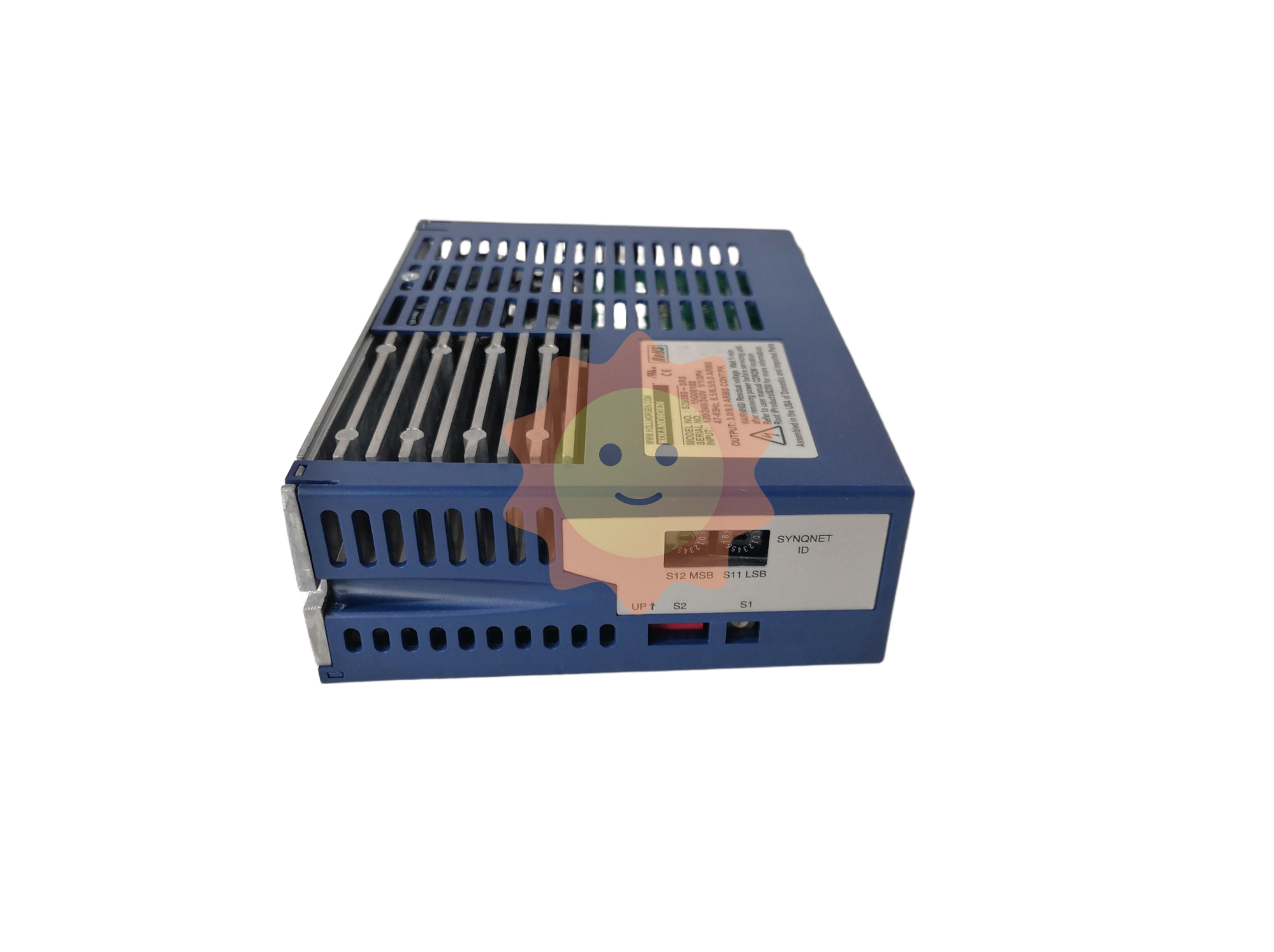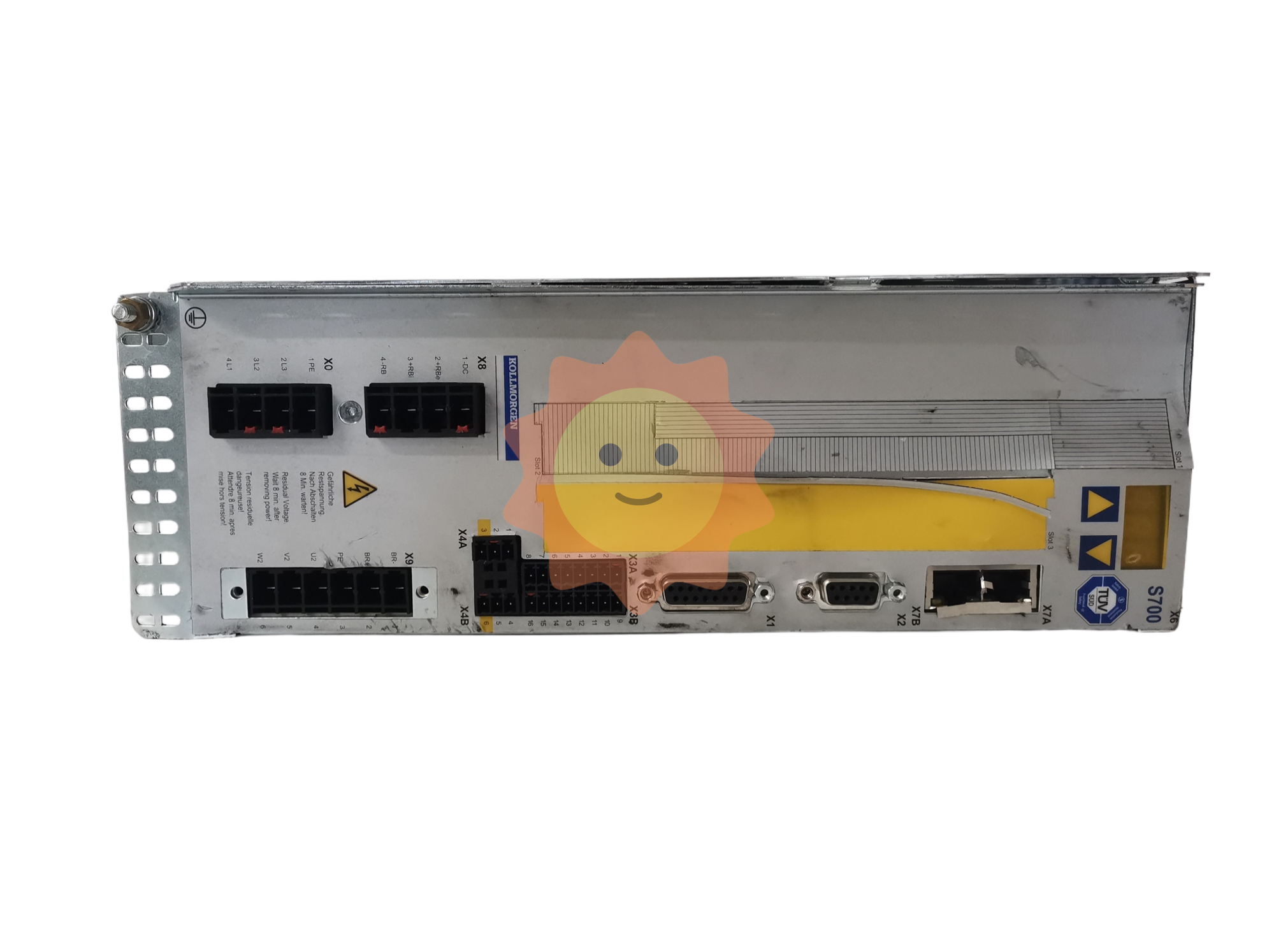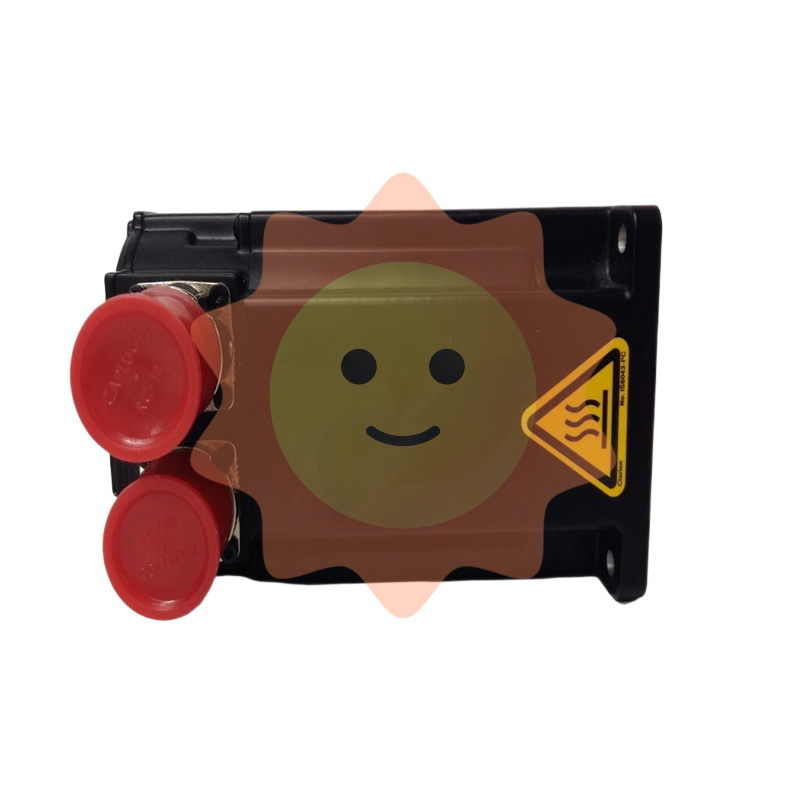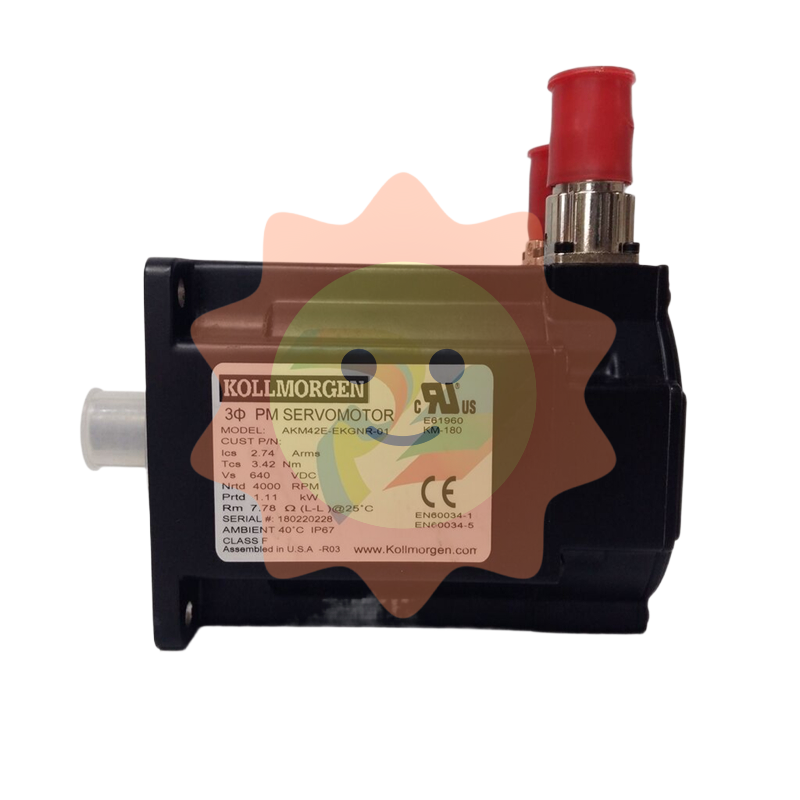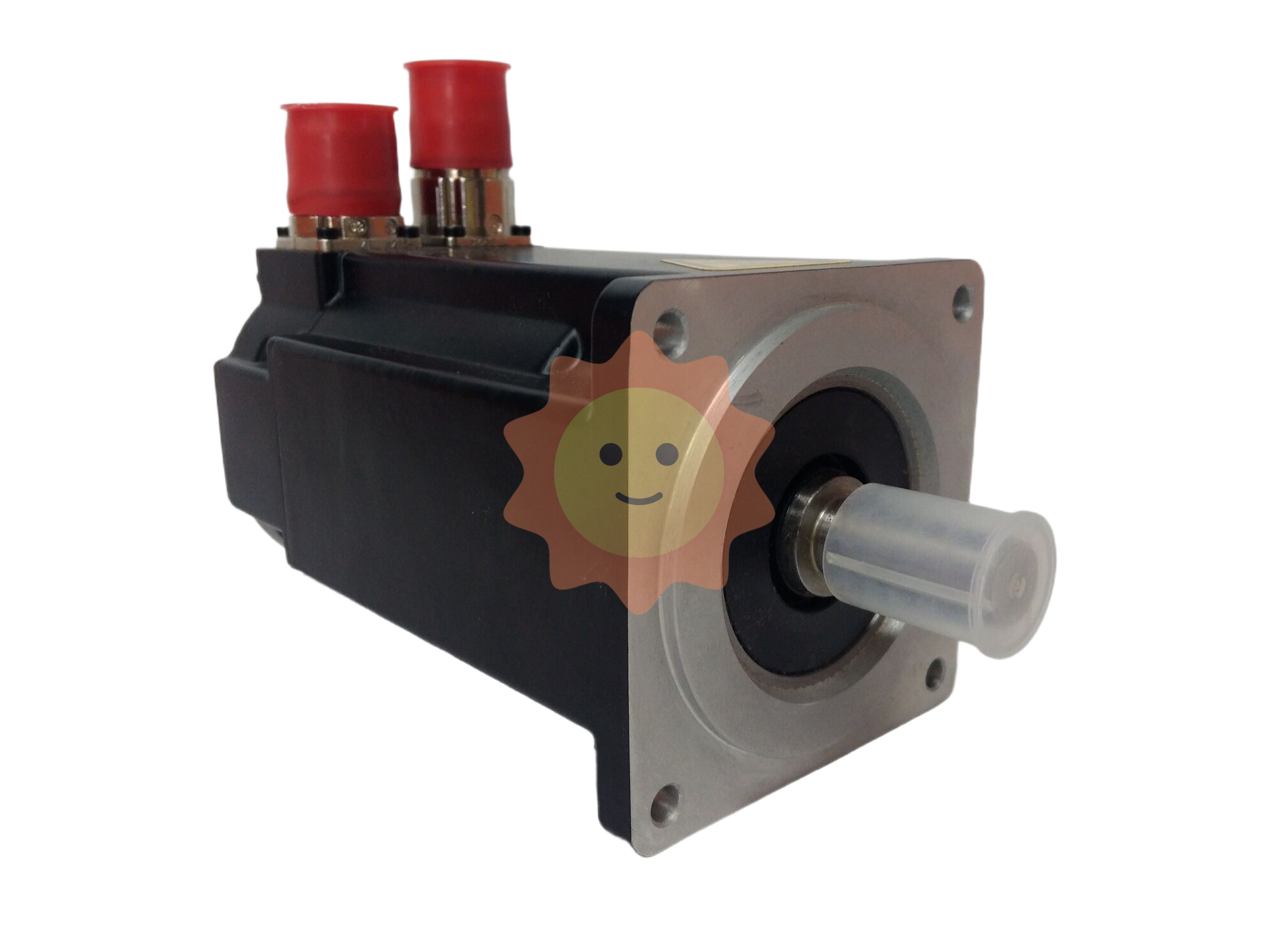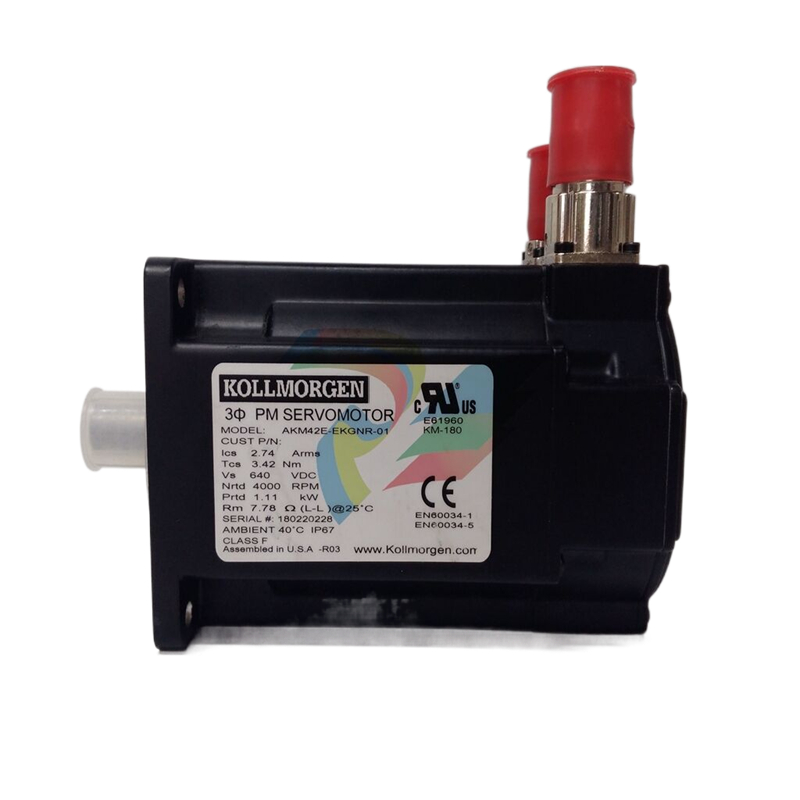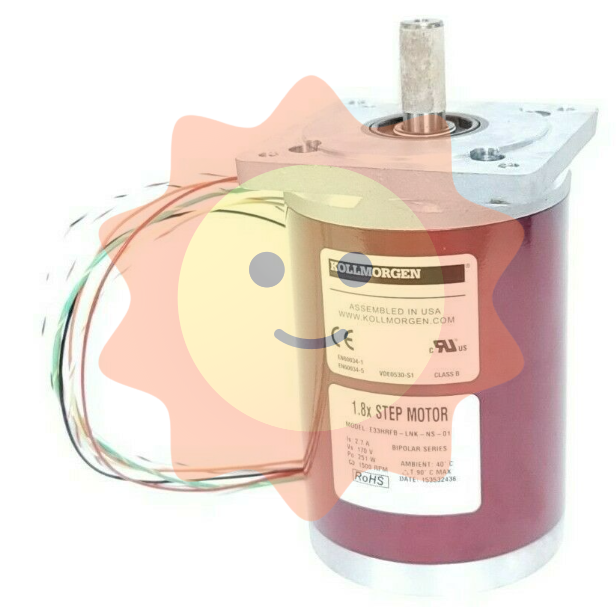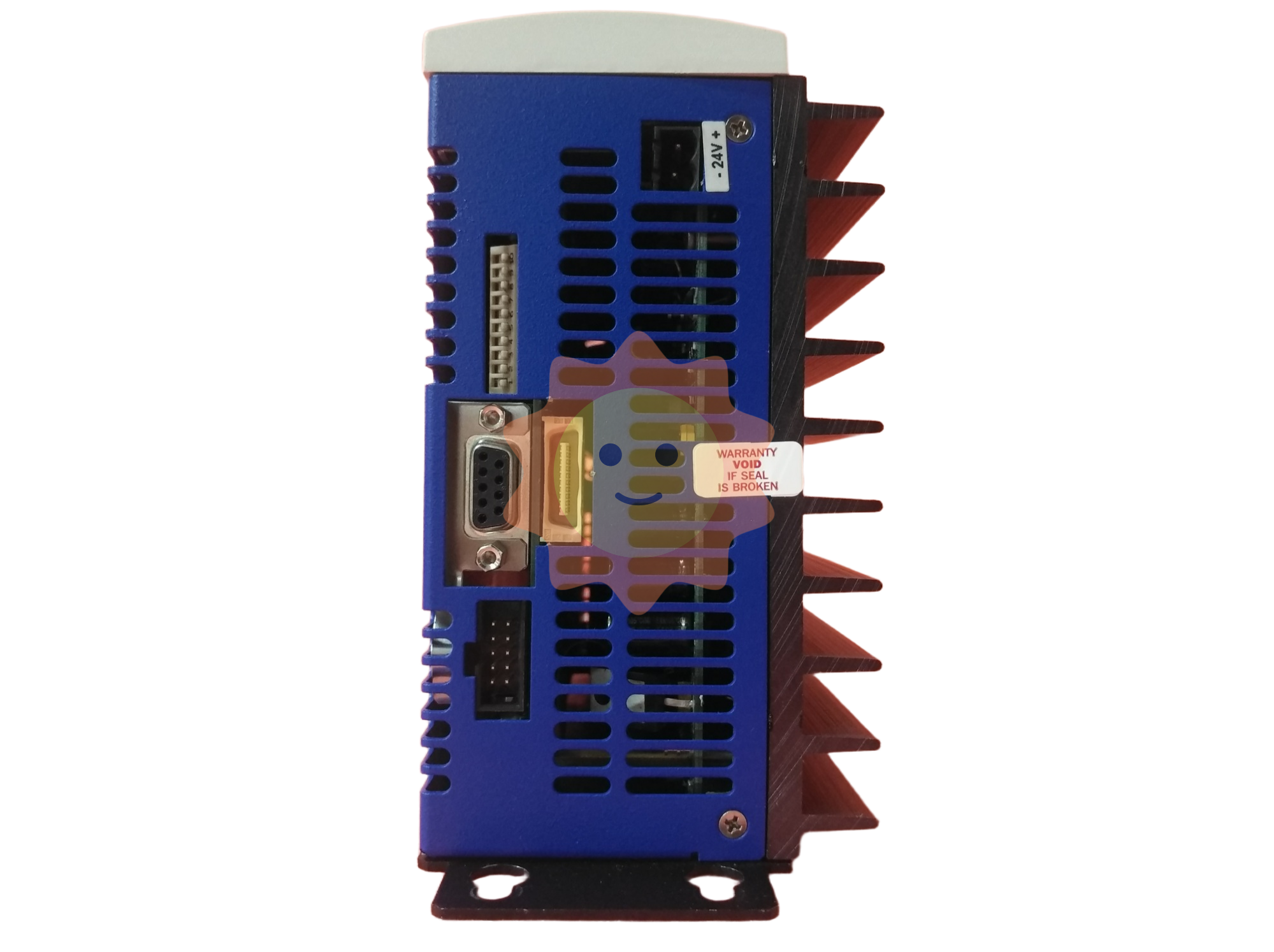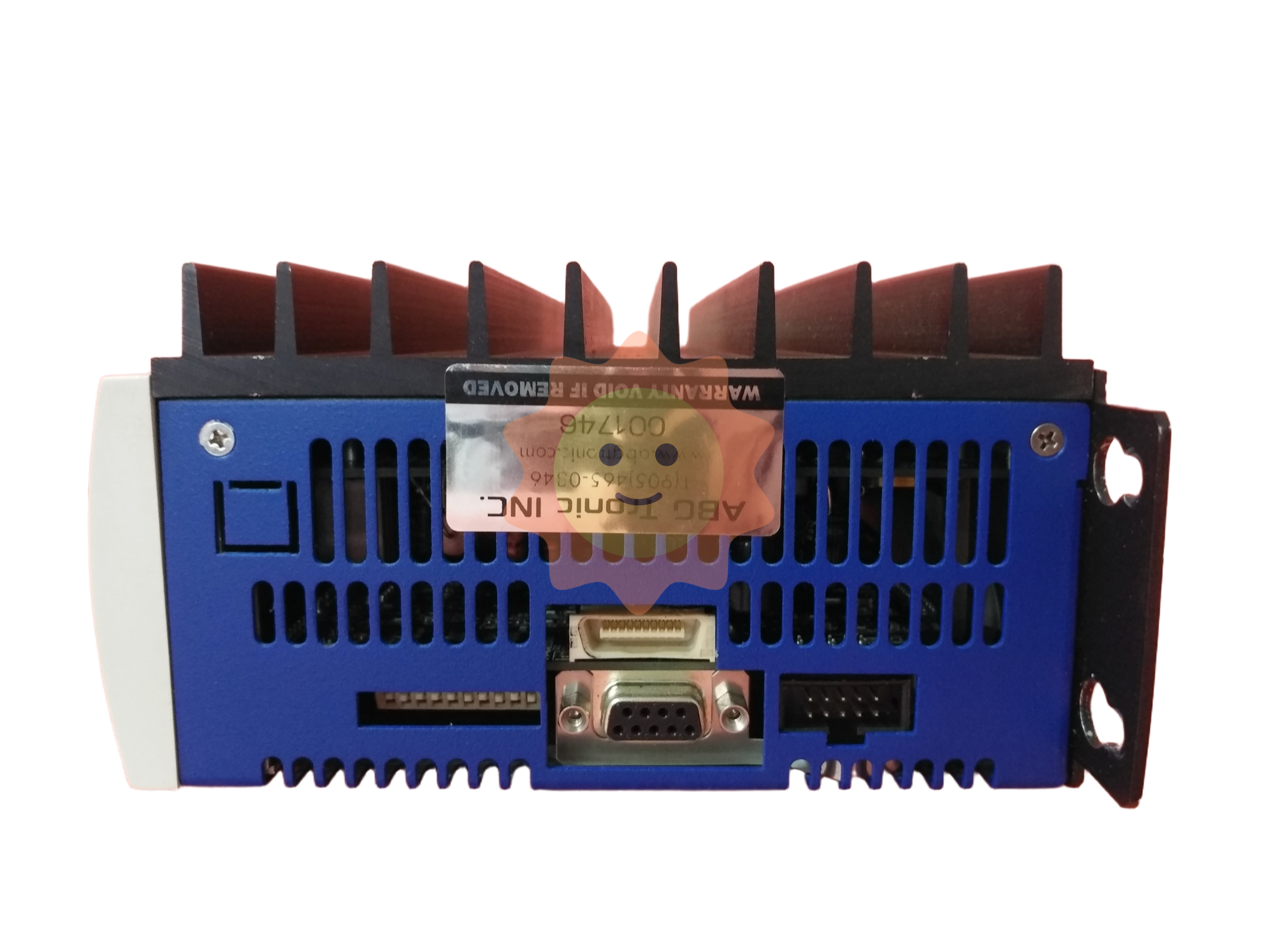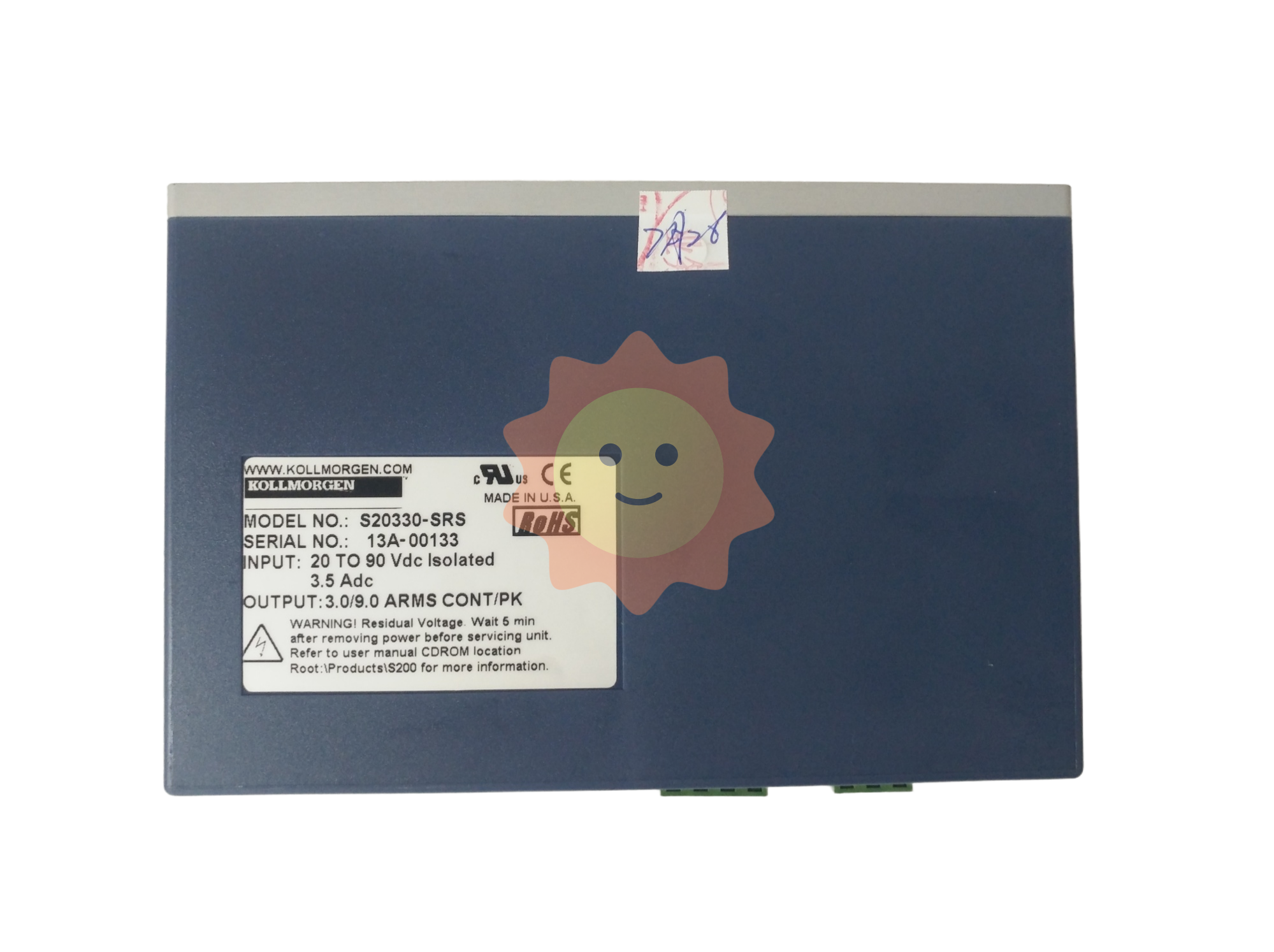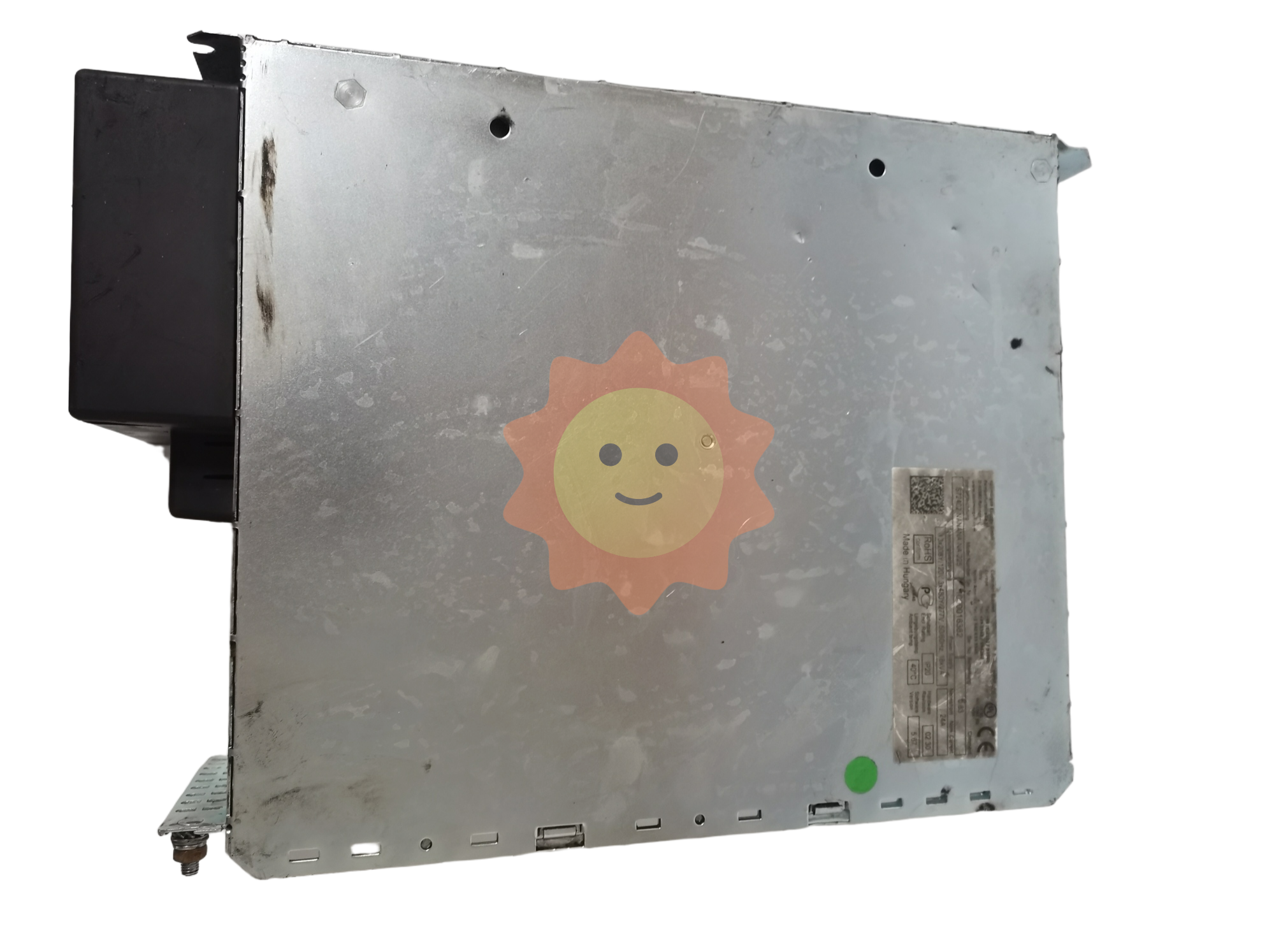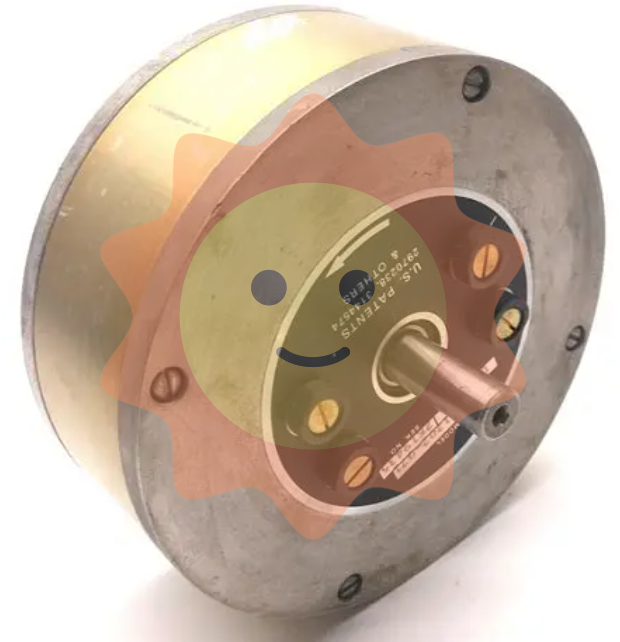Investigation and disposal of hidden danger of open-pit mine slope and dump
(5) There are phenomena such as umbrella eaves, voids and Yinshan ridges on the mining and stripping work surface.
(6) There are pumice stones and dangerous stones on the surface of all kinds of side slopes, which affect the safety of the lower operators.
Slope stability analysis method:
(1) Qualitative analysis: geological analysis, engineering geological analogy, graphic analysis, expert system and so on.
(2) Quantitative analysis method: limit equilibrium analysis method, plastic limit analysis method, numerical analysis method, grey system evaluation method, reliability analysis method, artificial neural network analysis, mutation theory method and so on.
Slope stability analysis methods: fuzzy comprehensive evaluation method, probability risk evaluation method, extension theory evaluation method and so on.
Third, open-pit slope safety management requirements
Ensuring the safety of open-pit slope is a comprehensive work, including determining reasonable slope parameters, selecting appropriate mining technology and establishing strict slope safety management system.
(1) Determine reasonable step height and platform width. To determine the height of the step, we should consider the buried condition and mechanical properties of the ore and rock, the requirements of the blasting operation and the requirements of the mining work. The width of the working platform depends on the requirements of the mining and transportation equipment used and the width of the explosive pile.
(2) Correct selection of step slope Angle and final slope Angle. The slope Angle of step is related to ore-rock property, perforating and blasting mode, advancing direction, ore-rock bedding direction and joint development. The final slope Angle is related to the property of rock, geological structure, hydrogeological conditions, mining depth, slope life and other factors.
(3) Select a reasonable mining sequence and advancing direction. In the production process to adhere to the mining order from the top to the bottom, under normal circumstances should be selected from the upper plate to the lower plate mining direction, so that planned and orderly mining.
(4) Reasonable blasting operations to reduce the impact of blasting vibration on the slope. Because the earthquake generated by blasting operation can make the joint of the rock mass open, large-scale simultaneous blasting should not be used in the area close to the slope. The controlled blasting techniques such as differential blasting, pre-split blasting and shock absorbing blasting can be used, and the amount of explosive in simultaneous blasting should be strictly controlled. In the stope as far as possible do not throw blasting, should use loose blasting, in order to prevent flying stone injury, reduce the damage to the slope.
(5) The mine must establish a sound slope management and inspection system, and when it is found that there are cracks on the slope that may slip or there are large pumice stones and umbrella overhangs, it must be dealt with quickly. Reliable safety measures should be in place when handling, and personnel and equipment under threat should be evacuated to a safe place.
(6) The mine shall select technical personnel or experienced workers to be responsible for the management of the slope, remove hidden dangers in time, and have the right to stop mining and stripping operations when the slope is found to have signs of sliding, and report to the person in charge of the mine.
(7) For mines with slope sliding tendency, effective safety measures must be taken. In open-pit mines with signs of deformation and sliding, special observation points must be set up to regularly observe and record the changes.

Fourth, open-pit slope accident prevention and disposal measures
(1) Drainage method
1. Surface drainage
Generally, the drainage ditch is built outside the slope rock mass to prevent the surface water from entering the surface cracks of the slope rock mass. The top surface of the side slope should also have a certain slope, so that the top of the slope will not accumulate water. In the slope with large open cracks, it is necessary to plug the cracks.
2. Groundwater dewatering
For groundwater can be taken to drain or reduce the water level, to reduce the harm of groundwater. There are two kinds of groundwater dewatering: natural dewatering and artificial dewatering.
(2) Cutting slope and reducing load
"Slope cutting" generally refers to slowing down the side slope rate, and "load reduction" is an engineering measure to excavate part of the slide rock and soil in the upper main slide section and traction section of the slide body to reduce the sliding weight and thrust of the main slide body.
In the treatment of sliding body, it is usually necessary to reduce the sliding force of the sliding body by digging in the main sliding section of the sliding body, rather than reducing the anti-sliding force by digging in the front of the sliding body. Digging in the front of the lower part of the sliding body will cause landslide creep and slope collapse, which will exacerbate the sliding of the landslide. Therefore, the slope should not be cut blindly before the nature of the landslide and the potential landslide area is ascertained.
- EMERSON
- Honeywell
- CTI
- Rolls-Royce
- General Electric
- Woodward
- Yaskawa
- xYCOM
- Motorola
- Siemens
- Rockwell
- ABB
- B&R
- HIMA
- Construction site
- electricity
- Automobile market
- PLC
- DCS
- Motor drivers
- VSD
- Implications
- cement
- CO2
- CEM
- methane
- Artificial intelligence
- Titanic
- Solar energy
- Hydrogen fuel cell
- Hydrogen and fuel cells
- Hydrogen and oxygen fuel cells
- tyre
- Chemical fiber
- dynamo
- corpuscle
- Pulp and paper
- printing
- fossil
- FANUC
- Food and beverage
- Life science
- Sewage treatment
- Personal care
- electricity
- boats
- infrastructure
- Automobile industry
- metallurgy
- Nuclear power generation
- Geothermal power generation
- Water and wastewater
- Infrastructure construction
- Mine hazard
- steel
- papermaking
- Natural gas industry
- Infrastructure construction
- Power and energy
- Rubber and plastic
- Renewable energy
- pharmacy
- mining
- Plastic industry
- Schneider
- Kongsberg
- NI
- Wind energy
- International petroleum
- International new energy network
- gas
- WATLOW
- ProSoft
- SEW
- wind
- ADVANCED
- Reliance
- YOKOGAWA
- TRICONEX
- FOXBORO
- METSO
- MAN
- Advantest
- ADVANCED
- ALSTOM
- Control Wave
- AB
- AMAT
- STUDER
- KONGSBERG
- MOTOROLA
- DANAHER MOTION
- Bently
- Galil
- EATON
- MOLEX
- Triconex
- DEIF
- B&W
- ZYGO
- Aerotech
- DANFOSS
- KOLLMORGEN
- Beijer
- Endress+Hauser
- MOOG


Email:wang@kongjiangauto.com


